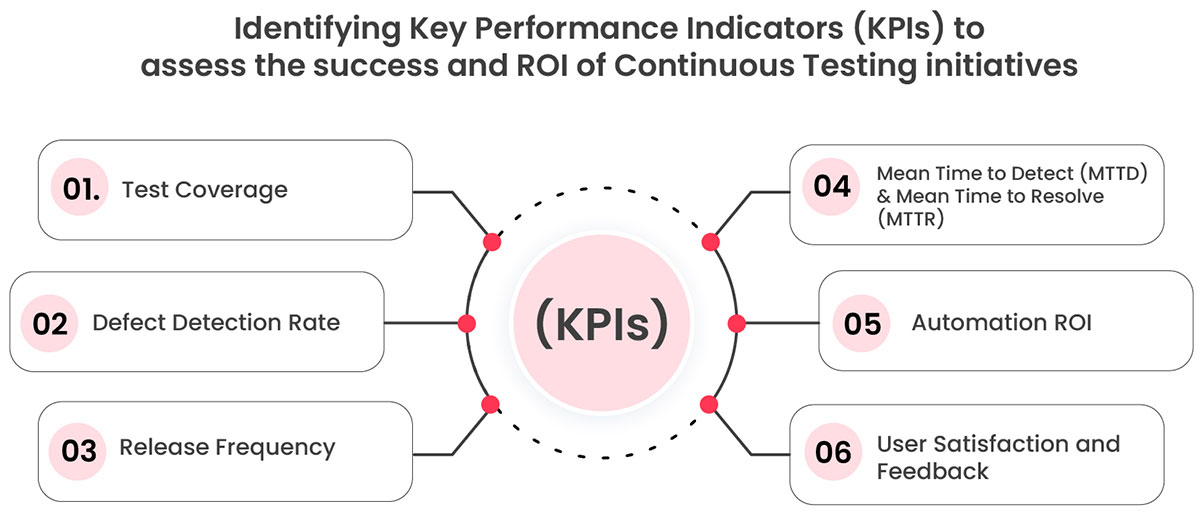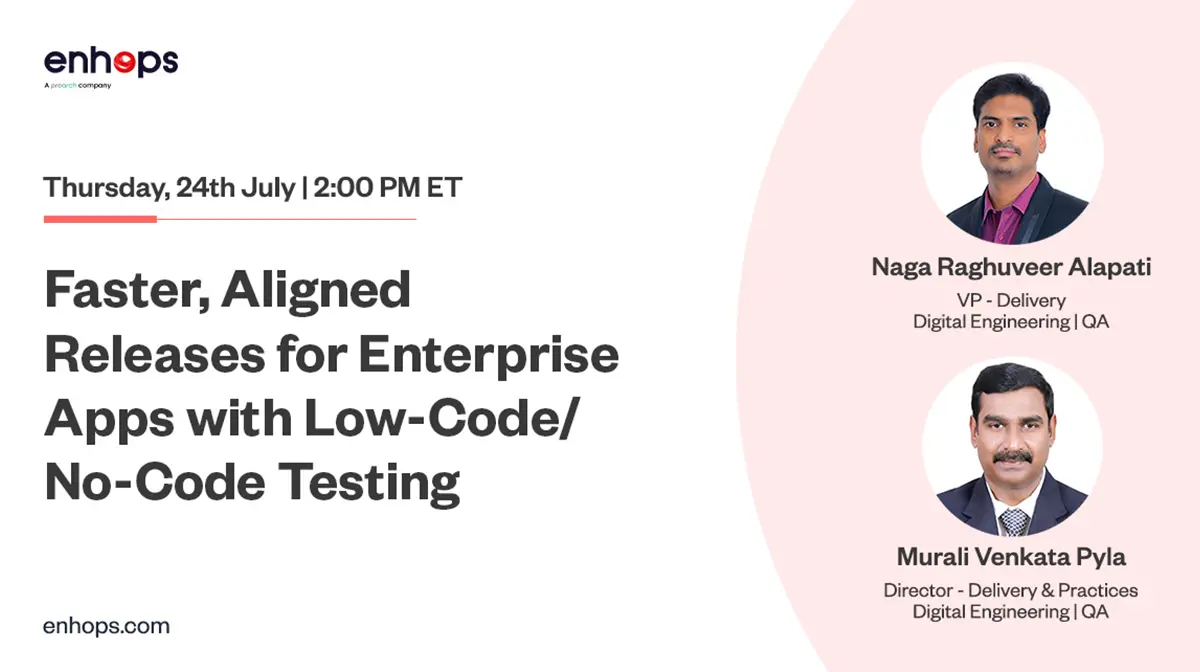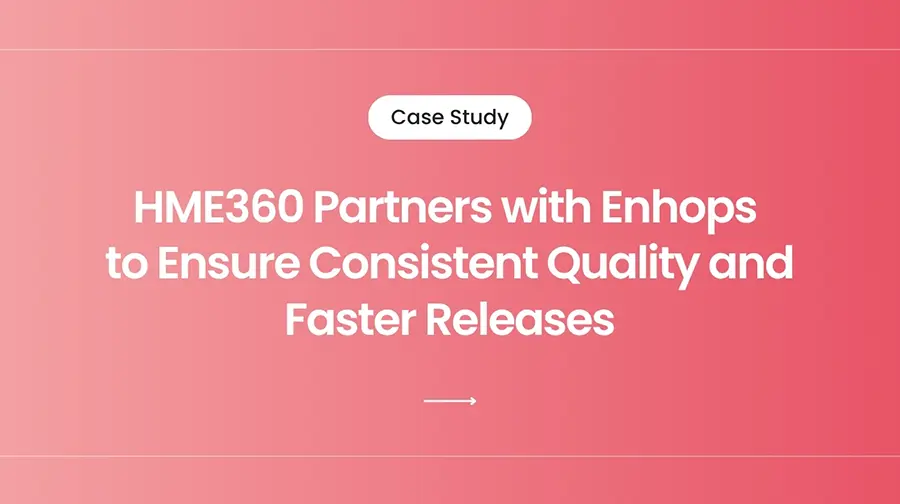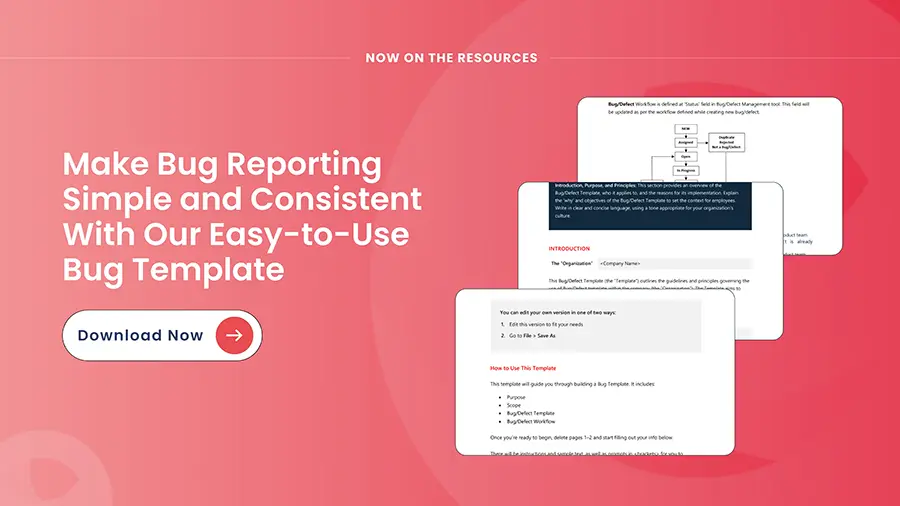In the ever-evolving landscape of software development, the quest for delivering high-quality applications at an accelerated pace has become paramount. Continuous Testing, a cornerstone of modern development practices, offers a strategic approach to achieve this goal. In this comprehensive guide, we will navigate through the intricacies of Continuous Testing, addressing key questions that organizations often grapple with, and uncovering the strategies to maximize business value.
How to Measure ROI from Continuous Testing
Organizations can employ a multifaceted approach to measure and quantify the return on investment (ROI) when implementing Continuous Testing.
Firstly, the acceleration of time-to-market serves as a pivotal indicator. By scrutinizing the reduction in release cycles and the swift delivery of new features or updates, organizations can gauge the direct impact on revenue generation and market competitiveness.
A second crucial dimension of ROI lies in defect detection and reduction. By assessing the number of defects identified and addressed during the testing phase, organizations not only realize cost savings related to bug fixes but also contribute to improved customer satisfaction and loyalty through a more reliable product.
Efficiency in resource utilization stands out as another critical factor. Organizations can analyze the time and effort saved through test automation, allowing manual testers to redirect their focus towards more intricate scenarios and exploratory testing. This strategic reallocation enhances overall testing effectiveness.
Furthermore, the impact of Continuous Testing on customer satisfaction becomes a direct indicator of success. Higher satisfaction, evidenced through positive reviews and a reduction in support requests, underscores the positive influence on ROI.
Operational cost reduction is integral to ROI calculation. This involves a comprehensive assessment of infrastructure costs, testing tool licensing expenses, and maintenance costs, collectively contributing to the overall financial viability of Continuous Testing.
Lastly, the holistic evaluation of business impact is paramount. If Continuous Testing leads to increased sales, heightened user engagement, or other positive business outcomes, these metrics become instrumental contributors to the overall ROI. Through this nuanced and comprehensive assessment, organizations gain a profound understanding of the tangible benefits and ROI associated with Continuous Testing, facilitating strategic decision-making and ongoing optimization for sustained business value.

By strategically measuring these factors, organizations can gain a holistic understanding of the tangible benefits and ROI derived from Continuous Testing, making informed decisions for future testing strategies and optimizations.
Strategic Integration of Open Source and Licensed Tools in Continuous Testing
The strategic integration of open source and licensed tools, coupled with considerations for scalability, usability, compatibility, and adaptability, forms the bedrock of an effective Continuous Testing strategy. This thoughtful orchestration empowers organizations to construct a robust testing ecosystem, fostering accelerated delivery of high-quality software and positioning them at the forefront of the ever-evolving digital landscape.
Open Source Advantages
The incorporation of open-source tools provides cost-effectiveness, offering an economical avenue for optimizing testing processes. The engaged community surrounding these tools ensures continuous updates, improvements, and valuable community-driven support. Their flexibility allows organizations to tailor tools to specific testing requirements, promoting a customized testing approach aligned precisely with the unique needs of the development pipeline.
Licensed Tools Assurance
Integration with licensed tools introduces assurance, advanced features, and robust support. These tools are chosen when specific functionalities or adherence to industry standards is non-negotiable. The symbiotic integration of licensed tools with open-source counterparts creates a dynamic testing ecosystem that combines the best of both worlds.
Evaluating for No-Code/Low-Code Solutions
In the evolving landscape of no-code/low-code solutions, organizations must consider scalability, ensuring chosen tools seamlessly evolve with testing demands. Usability, particularly for non-technical team members, is crucial. The selected tools should feature a user-friendly interface, fostering collaboration across diverse roles in the development lifecycle.
Compatibility with existing systems is non-negotiable, allowing seamless integration with the organization’s current development stack. Additionally, adaptability to diverse testing scenarios is vital, ensuring Continuous Testing remains comprehensive and aligned with the multifaceted requirements of the software development lifecycle.
Embracing the “Shift Left” Approach in Continuous Testing
“Shift Left” paradigm is a fundamental reorientation that reshapes the conventional software development lifecycle. At its core, “Shift Left” advocates for the early integration of testing activities, fostering continuous collaboration between development and testing teams. This strategic shift brings testing to the forefront of the development process, facilitating the timely identification and resolution of issues.
By addressing defects at their inception, “Shift Left” becomes a catalyst for expediting software development, reducing costs, and ensuring a higher standard of reliability. It establishes a proactive quality assurance framework that not only accelerates development cycles but also cultivates an environment where the delivery of high-quality software is not compromised for speed.
Challenges and Mitigation Strategies for Shifting Testing Left
| Challenges in Shifting Left | Mitigation Strategies |
| 1. Resistance to Change: Developers and testers may resist the shift from traditional workflows to “Shift Left.” | Solution: Invest in comprehensive training programs, highlighting the benefits and providing the necessary skills for a smooth transition. |
| 2. Overload of Testing Activities: Shifting testing earlier can lead to an overwhelming amount of testing activities during the early stages of development. | Solution: Implement extensive automation to streamline repetitive tasks, allowing teams to focus on more complex testing aspects. Adopt incremental shifts rather than a sudden transformation to ease the adjustment. |
| 3. Communication Breakdowns: Ineffective communication between development and testing teams can hinder the cohesive understanding of project goals and testing requirements. | Solution: Establish regular communication forums, employ shared documentation, and utilize collaborative tools to bridge communication gaps and foster a unified understanding. |
Continuous Testing for Functional and Non-Functional Testing
Continuous Testing acts as a cornerstone in streamlining the implementation of both Functional Testing (FT) and Non-Functional Testing (NFT), providing a cohesive framework for a comprehensive and iterative testing process.
Functional Testing (FT)
Continuous Testing automates the execution of functional test cases, seamlessly integrating them into the continuous integration/continuous deployment (CI/CD) pipeline. This automation ensures that every code change undergoes immediate functional validation, enabling swift identification of defects. By consistently verifying the software’s functional aspects at each development stage, Continuous Testing significantly reduces the time-to-identify and time-to-fix for functional issues, contributing to the overall robustness of the software.
Non-Functional Testing (NFT)
Continuous Testing extends its capabilities to Non-Functional Testing, encompassing performance, security, and usability testing. By incorporating NFT into the continuous testing pipeline, organizations can continuously assess the software’s non-functional aspects throughout the development lifecycle. This proactive approach allows for the early identification of performance bottlenecks, security vulnerabilities, and usability issues. Continuous Testing becomes a proactive mechanism for enhancing user experience, identifying potential system limitations, and ensuring the software’s resilience under varying conditions.
Continuous Testing serves as a unifying force, streamlining the implementation of both Functional and Non-Functional Testing. A well-tuned feedback loop accelerates decision-making and aids in swift issue resolution for both functional and non-functional aspects.
Adopting strategies such as comprehensive test automation, a shift-left approach, parallel testing, continuous monitoring, collaboration, scalable infrastructure, and feedback loop optimization ensures an effective and holistic testing process within a Continuous Testing environment.
Why Continuous Testing a Game-Changer for Your Business
True agility through Continuous Testing is a journey that requires time to establish but promises substantial returns. It’s a journey that must begin somewhere.
The industry recognizes the significance of Continuous Testing, anticipating that it will consume more testers’ time in the future. This awareness is reflected in the projected growth of the global continuous testing market from $1.46 billion in 2020 to $4.58 billion in 2028, representing a 15.2% CAGR increase.
Continuous Testing redefines the role of QA, extending its influence beyond traditional quality assurance to become a pivotal force in enabling rapid delivery, superior customer experience, cost and effort optimization, and fostering creativity.
Looking to maximize your business values through continuous Testing?
Write us at info@enhops.com or Contact us.




